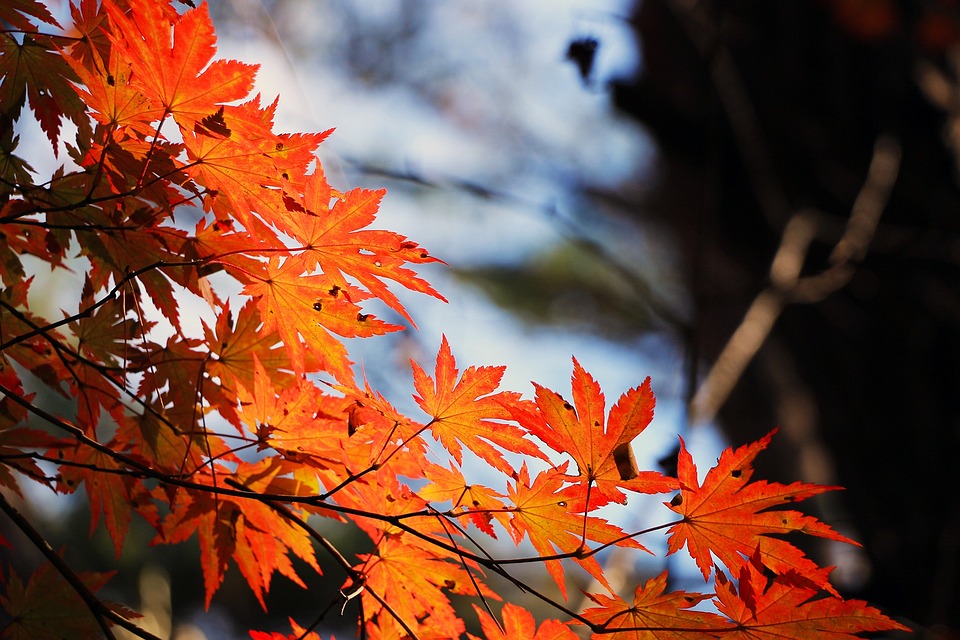Title: The First Nations Historical Perspective: Unveiling Niagara Falls’ Indigenous Heritage
Introduction:
Niagara Falls, a world-renowned natural wonder, has a long and rich history that predates the arrival of European settlers. The First Nations people, also known as Indigenous communities, have an intricate historical perspective that spans thousands of years in relation to Niagara Falls. This article aims to delve into the detailed historical narrative of the First Nations, shedding light on their deep-rooted connection with this majestic destination.
1. Pre-European Contact:
1.1 People of the Haudenosaunee Confederacy:
The land surrounding Niagara Falls was inhabited by various Native American tribes, and among them were the people of the Haudenosaunee Confederacy. The Confederacy consisted of the Mohawk, Oneida, Onondaga, Cayuga, and Seneca Nations, who all shared a united political and spiritual structure.
1.2 Connection with the Land:
For the First Nations, Niagara Falls was a significant sacred site representing a spiritual connection to the Great Spirit and the Earth. The cascading waters were believed to carry immense spiritual energy, serving as a portal to the spirit world. Native American people regularly visited the falls for ceremonies, vision quests, and to seek guidance from the spirits residing there.
2. European Contact and its Impact:
2.1 Arrival of European Explorers:
With the arrival of European explorers, the Indigenous peoples faced drastic changes to their way of life. The French explorer Samuel de Champlain first encountered the Niagara region in the early 17th century, followed by the British in the 18th century. The subsequent colonial powers sought to exploit the land, leading to significant disruptions for the First Nations.
2.2 Treaty of Niagara:
In 1764, a major event took place called the Treaty of Niagara, involving the British Crown and over 24 Indigenous nations, including representatives from the Haudenosaunee Confederacy. This historic agreement established boundaries and recognized the Nations’ sovereignty, but it also marked the beginning of a tumultuous period for the First Nations, as their lands were gradually encroached upon by European settlers.
3. Displacement and Struggle:
3.1 Struggle for Land and Resources:
As European settlement expanded, the First Nations faced increasing pressure to relinquish their ancestral lands in favor of European interests. The rapid pace of colonization, combined with the allure of valuable resources, led to severe displacement for the Indigenous communities surrounding Niagara Falls.
3.2 Battle of Chippawa:
The War of 1812 significantly impacted the Indigenous nations in the Niagara region. While some allied with the British, others supported the Americans based on their respective alliances. One notable battle was the Battle of Chippawa in 1814, where the Haudenosaunee Confederacy fought alongside British troops in a pivotal conflict.
4. Cultural Revitalization and Recognition:
4.1 Redefining Identity:
Throughout the 20th century, First Nations communities embarked on a journey of cultural revitalization, aimed at restoring and preserving their heritage. This resurgence involved language revival, cultural ceremonies, and a renewed connection to sacred sites such as Niagara Falls.
4.2 Recognition of Indigenous Rights:
In recent decades, there has been a growing recognition of Indigenous rights and the importance of honoring treaties between Indigenous nations and the Canadian government. This acknowledgment has paved the way for the inclusion of Indigenous perspectives in historical narratives, allowing a fuller understanding of the First Nations’ role in shaping Niagara Falls’ history.
5. First Nations and Modern Niagara Falls:
5.1 Cultural Tourism:
Today, the First Nations continue to play a vital role in Niagara Falls’ tourism industry. Through cultural events, storytelling sessions, and the operation of Indigenous-owned businesses, the Indigenous communities have reclaimed their narrative and forged a thriving cultural tourism sector, educating visitors about their history and connection to the region.
5.2 Land Stewardship:
Awareness of environmental conservation has also become a focus for Indigenous communities. They advocate for sustainable practices and play an active role in protecting and preserving the natural beauty surrounding Niagara Falls, recognizing their inherent responsibility as the original caretakers of the land.
Conclusion:
The First Nations’ historical perspective regarding Niagara Falls unravels the profound connections between the Indigenous communities and this majestic natural wonder. Despite facing challenges such as colonization and displacement, the First Nations have demonstrated resilience, cultural revival, and a commitment to sharing their rich heritage. The collaboration between Indigenous and non-Indigenous communities is key to fostering a more inclusive understanding of Niagara Falls’ history and ensuring its preservation for future generations.

